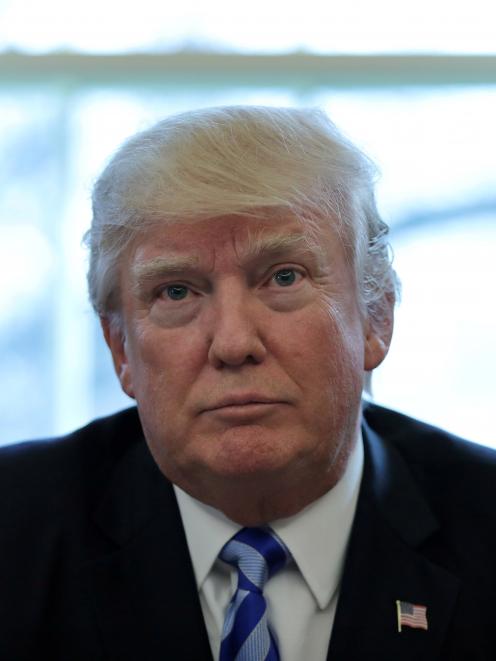
It got to such a stage that Mr Trump, like a child in a sandpit, proclaimed to the world his nuclear button was bigger than that of Mr Kim.
North Korea has been testing its nuclear missiles openly, launching them at will over Japan and aimed at the US.
More importantly, Mr Kim has been testing the patience of the world at large with his belligerent attitude to the use of nuclear technology. Mr Trump is not one to back down from a threat, perceived or real, and has kept the pressure on China to rein in North Korea's nuclear ambitions. So far, this has not worked.
North Korea's missile and nuclear programme is seen as a growing threat to the United States. Hawaii is one of the US states closest to the country.
Last month, the Star-Advertiser reported a missile launched from North Korea could strike Hawaii within 20 minutes.
So, Hawaii has reintroduced Cold War-era warning sirens. However, an early-morning emergency alert mistakenly warning of an incoming ballistic missile attack was dispatched to cellphones across Hawaii at the weekend.
Hawaii was already on high alert because of the threat from North Korea. The alert at the weekend set off widespread panic among residents, on edge because of the escalating tensions between the two nations.
The alert, sent by the Hawaii Emergency Management Agency, was revoked 38 minutes after it was issued, prompting confusion over why it was released and why it took so long to rescind.
Officials say the alert was the result of human error and not the work of hackers or a foreign government. The mistake occurred during a shift-change drill that takes place three times a day at the Hawaii Emergency Management Agency command post.
A new procedure was immediately instituted after the mistaken alert, requiring two people to now sign off before any such alert is sent.
Mr Trump, who received the news of the false alarm while golfing, has been criticised for not publicly commenting on the matter. His spokeswoman says it is a state issue and nothing to do with the President or the White House.
The fact he remains out of touch with how the rest of the world is thinking regarding his threats to blow North Korea out of existence is just as frightening as the threat of missiles blowing Hawaii out of the water.
While the cellphone alerting system is in the hands of state authorities, the detection of missile launches is the responsibility of the US Strategic Command and Northern Command. It was the military, not Hawaiian officials, that were the first to declare there was no evidence of a missile launch.
Hawaii has been on high emotional alert, media outlets are reporting. The usually tranquil islands began staging monthly air-raid drills, complete with sirens, in December. Estimates vary, but officials say residents will have as little as 12 minutes to find shelter once an alert is issued.
The US faces a difficult problem and it is not only the growing boldness of North Korea's leader. The threats of cyber vulnerability, as identified by cyber security firms during the holiday period, will affect those charged with guarding the nuclear warning system and nuclear-control systems.
Disaster agencies are increasingly using central communications through mobile phones to alert people of impending danger. New Zealand Civil Defence sent out a test emergency alert to cellphones in New Zealand in November, but not everyone got it.
There are two important lessons to be learned from Hawaii and Civil Defence. Ensuring safeguards are in place against false alarms is important. Secondly, people need to be confident the alerts mean what they say.
Meanwhile, it will help global anxiety if Mr Trump dials back his war-like rhetoric against North Korea and countries he does not like. Sadly, that is unlikely to happen anytime soon.












